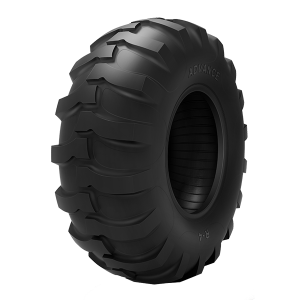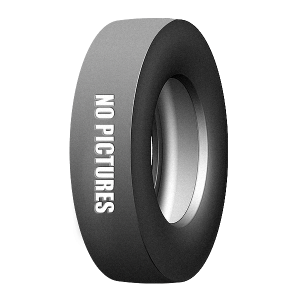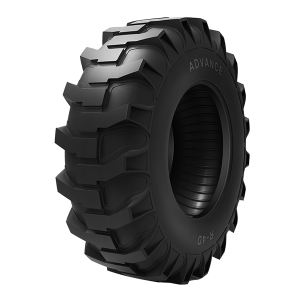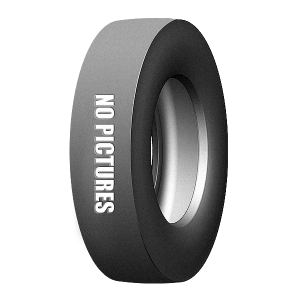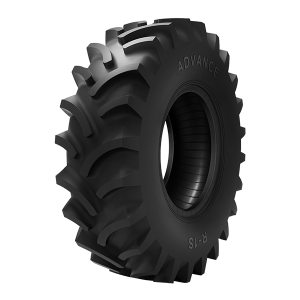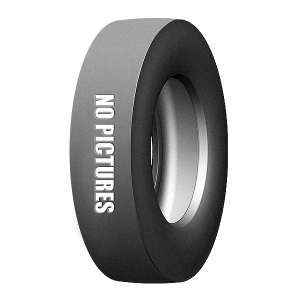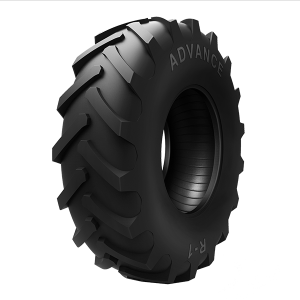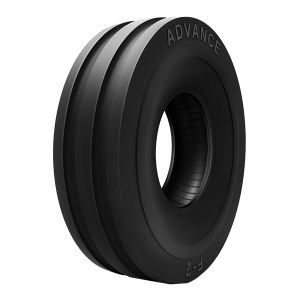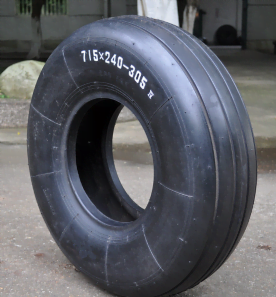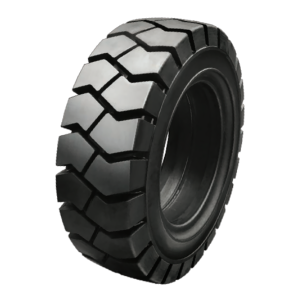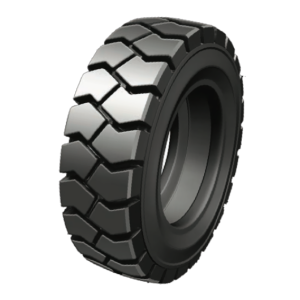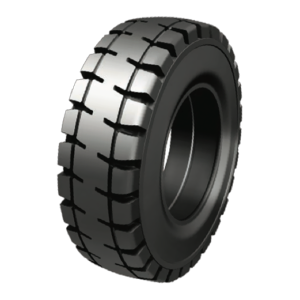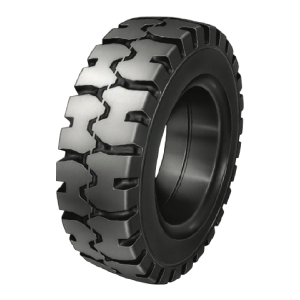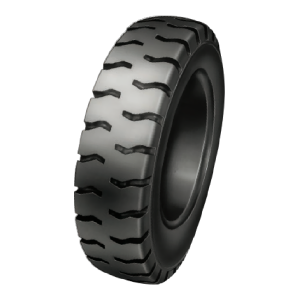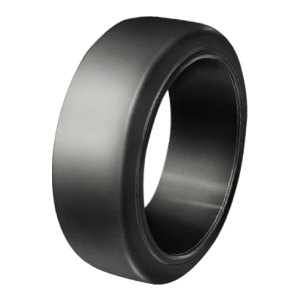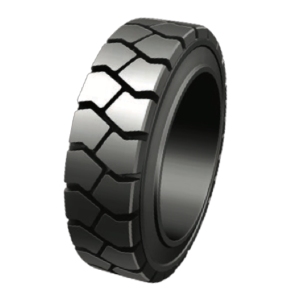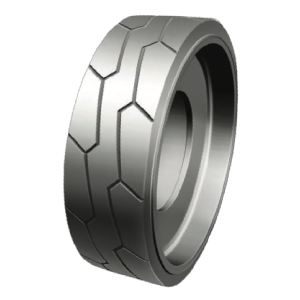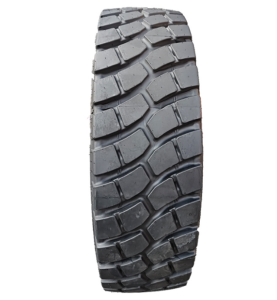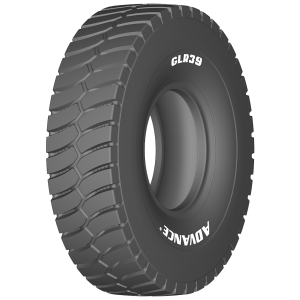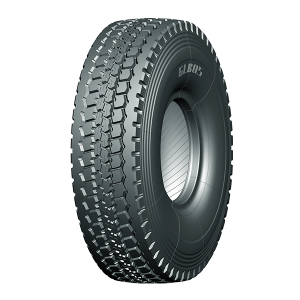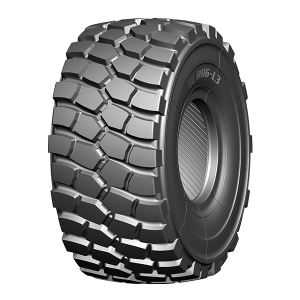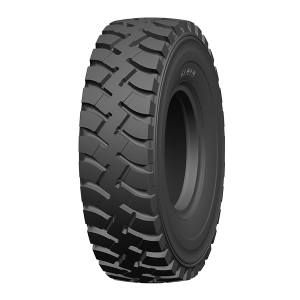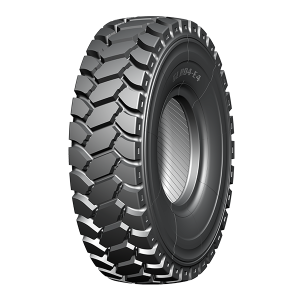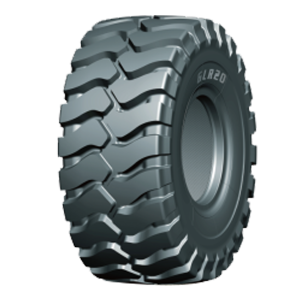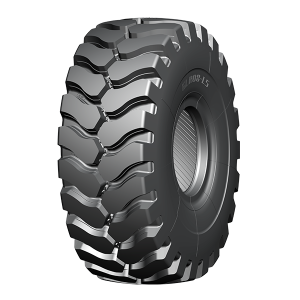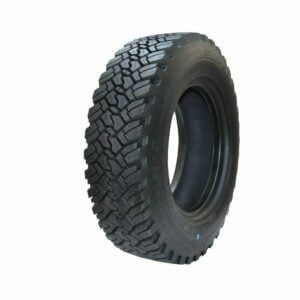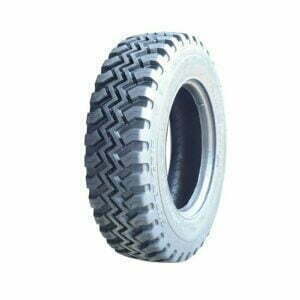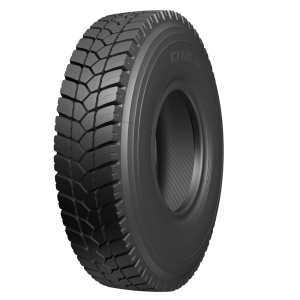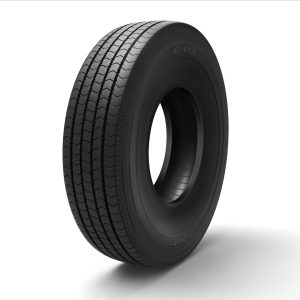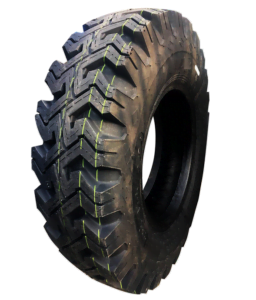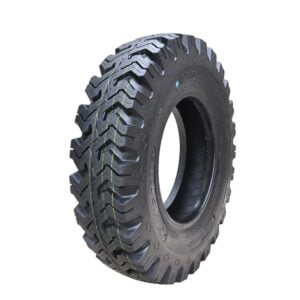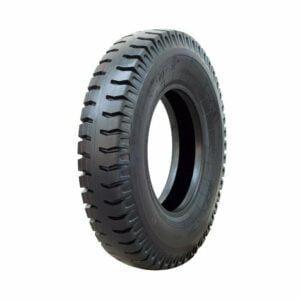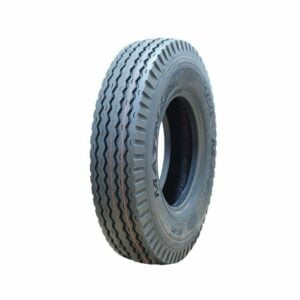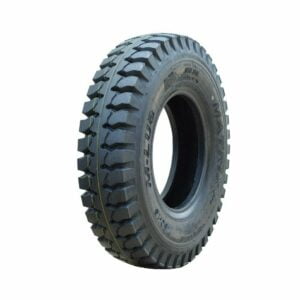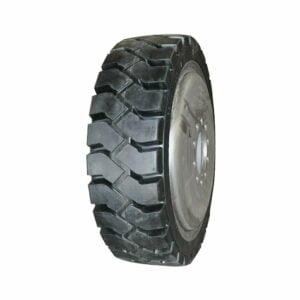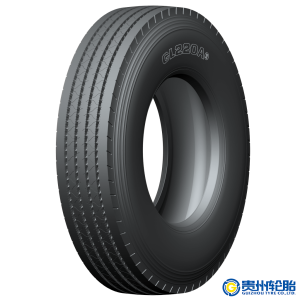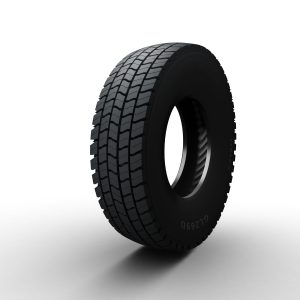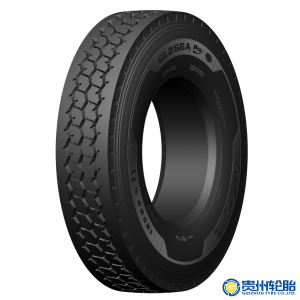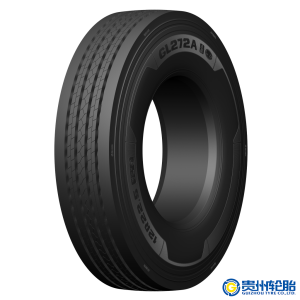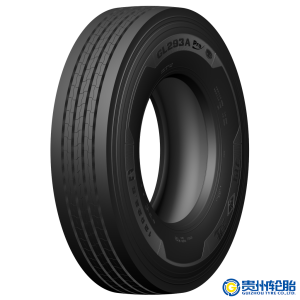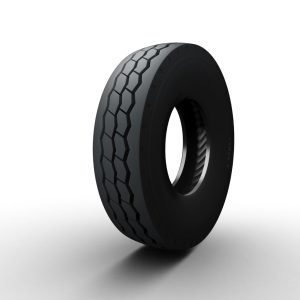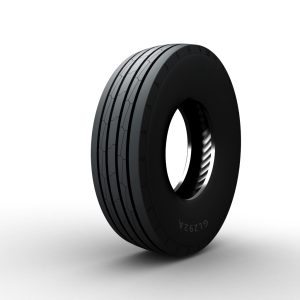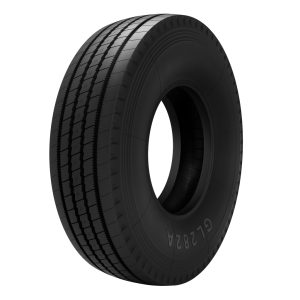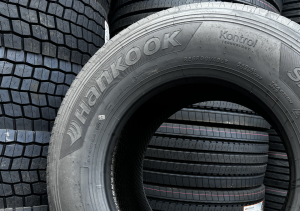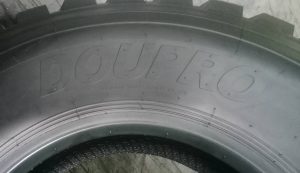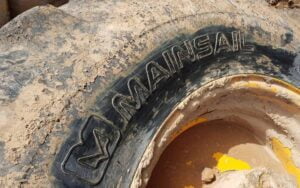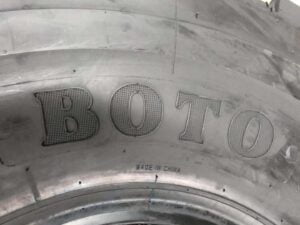Winter, summer, and all-season tires
Driving conditions vary throughout the year. So, when it’s time to buy new tires, the first thing you should do is consider the climate where you live. Depending on your region’s climate, it may be better to alternate between a set of summer and winter tires, or it could be sufficient to stick with all-season tires.
Winter tires have a tread pattern designed to be effective on snow and slush and are able to withstand freezing temperatures. Most importantly, they offer improved handling and shorter braking distances on snow and ice.
Summer tires offer excellent road grip, handling, and shorter braking distances on dry roads and are also able to handle slippery roads following heavy rain.
Continental all-season tires work in a variety of conditions. For drivers, living in regions with mild winter conditions (temperatures rarely drop below freezing), all-season tires can be an alternative. Continental all-season tires offer safety and premium performance. In addition, drivers can save cost, time and reduce efforts required for seasonal tire changes.
If you are unsure about the right tire choice, please contact your local dealer for personal advice.
Original equipment manufacturer tires
Your car comes with preinstalled tires. These are the original equipment (OE) tires chosen by the vehicle manufacturer, which meet their exact requirements having undergone a series of rigorous tests. OE tires can be new designs, tweaks to an existing tire, or a preferred choice of stock tire. For many drivers, picking OE tires for their vehicle is a simple, fuss-free option.
Winter tires are a solid investment for winter weather
Fast facts: What to know about winter tires
- If the temperature falls below 7 degrees where you live each winter, buy winter tires. In some countries they are required by law.
- Look for the M+S and Three-Peak Mountain Snowflake symbol on the sidewall, it means the tire complies with international regulations.
- Maximize the handling and traction of the vehicle by fitting winter tires to all four wheel positions of the car.
- Monitor the air pressure according to your vehicle handbook to maintain optimal performance and safety.
So, you’re ready to buy some winter tires for your car. Congratulations. Winter tires have unique attributes which mitigate the risks of snow, ice, and falling temperatures on the road, providing motorists with greater control behind the wheel.
Now that you’ve decided to move forward, let’s conduct a bit of research. When investing in a set of winter tires, for example, you must put them on all four-wheel positions of your car. It will maximize the handling of the vehicle and mitigate the risk of losing traction on either the rear or front axle when driving on slippery roads. Do not mix summer tires and winter tires on passenger cars.
Here are some more useful things to consider before you choose a new set of winter tires.
Why winter tires are more effective when it gets colder
The defining characteristics of a good winter tire are the tread pattern, the sipes, and the tire compound. When the weather starts to get cold, and there’s ice on the roads, these tires are ready to tackle the elements.
Winter tires have a dedicated tread pattern to provide superior traction on snowy, wet, and icy roads. The rotation of the wheel will push the snow into the broader grooves and generate additional traction. The tread also features sipes – tiny little slots – that provide additional traction by enabling the tread blocks to flex and dig deeper into the snow or ice.
Finally, the tire compound has a higher percentage of natural rubber, so it remains soft and flexible in cold temperatures. If the tire compound isn’t designed to perform in winter conditions – as is the case in a summer tire – it will go hard and brittle. That, in turn, leads to a substantial decline in traction and grip.
Winter tire sidewall markings
You can identify winter tires by the symbols on the sidewall. These are the M+S symbol and the three-peak mountain snowflake (3PMSF) symbol, and both are industry standards. So far, the well-known M+S mark was sufficient as a winter tire label. The 3PMSF symbol (snowflake) is mandatory for winter or all-weather tires produced since January 1, 2018.

Until September 30, 2024, there is a transition period in which winter tires with M+S labeling that have already been manufactured still meet the winter tire requirement.
However, it is definitely advisable to convert to new winter tires with the 3PMSF symbol (snowflake) soon, as they have to prove their quality in a standardized brake test on snow. This was not yet necessary for the M+S winter tire marking.
- M+S symbol
Tires with the M+S symbol have a tread pattern, tread compound or structure that is engineered to deliver better performance in snow conditions than a regular tire, especially in terms of its ability to initiate or maintain vehicle motion.
- Three-Peak Mountain Snowflake symbol
The three-peak mountain snowflake symbol is a more stringent certification that identifies winter tires according to UNECE regulations (valid in the EU and various other countries) and the tire regulations of the USA and Canada. The snow performance of these winter tires is proven by objective tests to meet or exceed defined limits. These tires provide high performance with regards to safety and control on snow, on icy roads, and in general at low temperatures.
Winter tire size and pressure
When buying a new set of winter tires for your vehicle, be sure to check the size specifications as provided by the manufacturer. These details can be found in the owner’s handbook, the door frame on the driver’s side, or under the fuel cap. To keep things simpler, using the same tire size as the original equipment (OE) tires is the best course of action.
For winter tires, the recommended tire pressure in PSI is the same as for summer tires. Again, you can consult the owner’s handbook, the driver’s side door frame, or under the fuel cap for this information. You cannot avoid fluctuations in air pressure; for every drop in 10 degrees in air temperature, the tires will drop one PSI.
The important thing is to monitor your tire pressure every two to four weeks and top it up as necessary. Driving with under-inflated tires impacts fuel economy and treadwear, and could even lead to a puncture.

